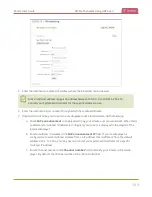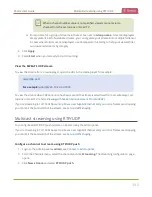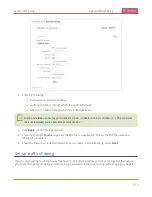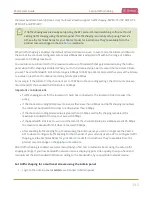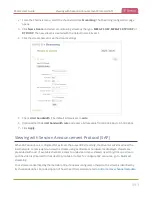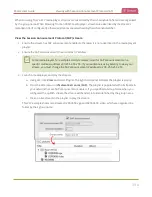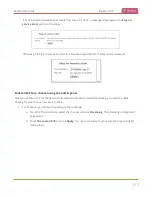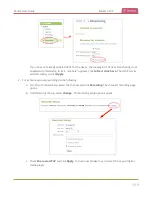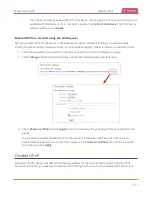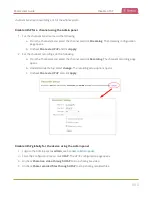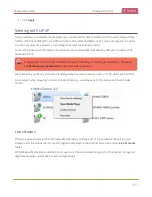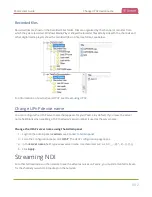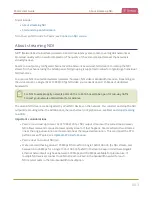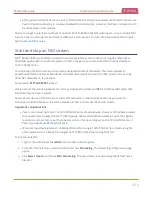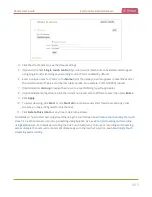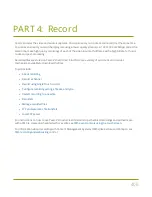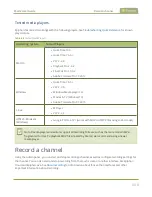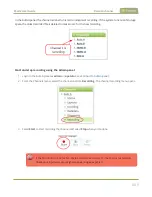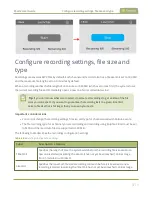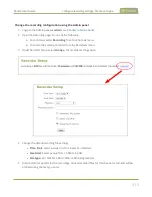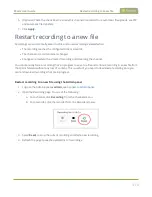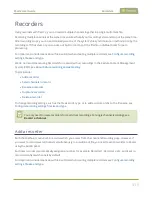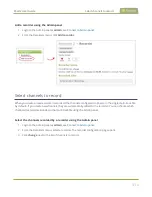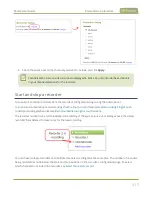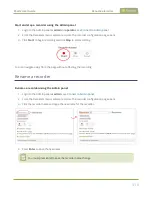
Pearl-2 User Guide
About streaming NDI
Topics include:
l
l
To connect an NDI source to Pearl-2, see
About streaming NDI
NDI
®
(Network Device Interface) is used to transmit low-latency video content over Gigabit networks at
broadcast quality with no audio compression. The quality of the video transported over the network is
virtually lossless.
Pearl-2 can output any configured channel over the network as a unicast NDI stream. You setup the NDI
stream for the channel using the Admin panel. NDI grouping is supported to allow for organizing of individual
NDI resources.
You can use NDI on wired and wireless networks; however, NDI video is bandwidth intensive. Depending on
the video content, a single 1920×1080@30 fps NDI video source needs about 125 Mbps of dedicated
bandwidth.
For NDI to work properly, network ports 49152 to 65535 need to be open for two-way traffic.
Contact your network administrator for assistance.
The unicast NDI stream can be ingested by other NDI devices on the network. You can start and stop the NDI
output stream using either the Admin panel, the touch screen, or Epiphan Live, see
Important considerations
l
Pearl-2 can unicast up to two 1920×1080 @ 30 fps NDI output streams at the same time. However,
NDI allows receivers to request a lower quality stream. If that happens, Pearl-2 will send two streams:
one at the original resolution and a second one at the requested resolution. This can impact the CPU
performance of Pearl-2, see
.
l
Pearl-2 does not output NDI|HX.
l
We recommend having at least 125 Mbps Ethernet for a single 1920×1080 30 fps NDI stream, and
between 8 to 20 Mbps for a single 1920×1080 30 fps NDI|HX stream. Keep in mind that a Gigabit
Ethernet network will only have between 600 Mbps and 700 Mbps available for practical use. If
multiple NDI receivers connect to an NDI stream on Pearl-2, the bandwidth needed for each
NDI receiver adds to the total bandwidth consumption.
403

